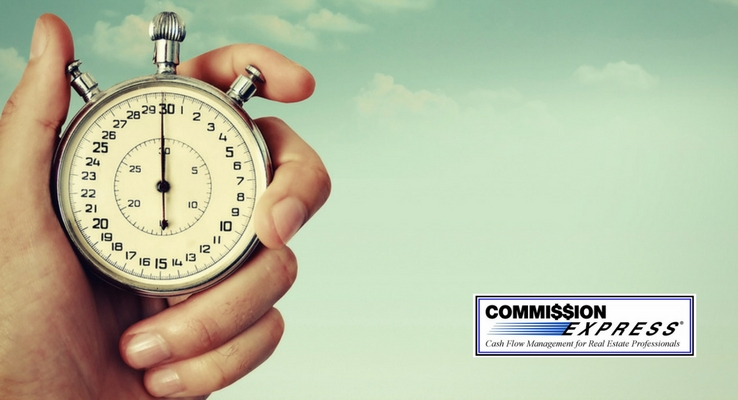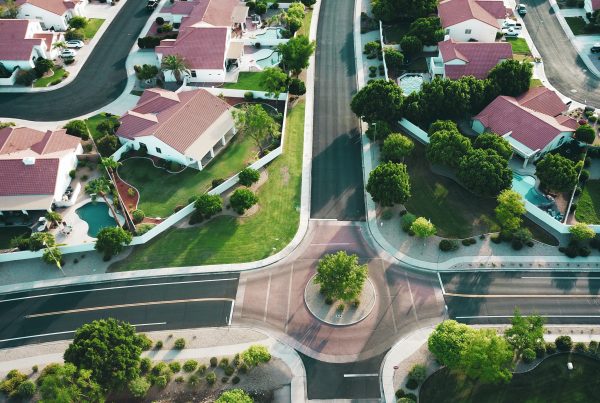Is it worth leaving your high-end property on the market longer in hopes of gaining that big dream offer? Not according to recent findings. Concierge Auctions has just released its Luxury Homes Days on the Marked Index for the first time, and the results may be surprising.
CA Chairman Chad Roffers says, “Our research shows that properties at the top tier of the market tend to either sell rather quickly or remain on the market for a substantial period of time.” Furthermore, the report shows that luxury homes that didn’t sell immediately were likely to linger for years and, ultimately, sell for far below the original asking price.
That either-or scenario indicates that a quick sale is the optimal situation for sellers and buyers, but how is that best accomplished?
Map Out Your Ideal Buyer
Great marketing is targeted, meaning it focuses on a narrow profile detailing how your ideal buyer looks, acts and lives. The more you know about the habits of high-end clientele, the better equipped you’ll be to craft marketing collateral and open house experiences that appeal to your demographic. Unlike mid-priced homes, luxury properties appeal to a certain subset of the population, so casting a wide net is likely to be more frustrating than productive — after all, just 10 percent of buyers end up purchasing a home priced at $500,000 or more.
Ask yourself:
- How much do my ideal buyers make in a year?
- Where do they shop?
- What publications do they read?
- What qualities are on their make-or-break list when looking for a new home?
- What amenities are nearby?
Pay Close Attention to Pricing
Nailing a huge sale is the stuff of real estate agents’ dreams — and dream vacations — but getting too ambitious (or greedy, let’s be honest) can come back to bite you in equally huge ways. While some real estate markets are seeing low inventory and bidding wars, the luxury market isn’t quite so hot. Last year, luxury sales in San Francisco dropped 11 percent, while sales of high-end properties in Washington, D.C., sagged 3.8 percent. Part of that change can be attributed to a cooling-off period among foreign investors, but for most agents, the reason isn’t as important as finding a solution.
Pricing to sell is particularly essential when you’re trying to prevent your high-end listing from becoming stale. The price tag can’t be about square footage or pure comps, it has to reflect custom aspects, important selling points and the house’s overall individuality. Be competitive and hope for multiple offers rather than setting your sights far too high and coming up empty-handed.
Give Your Listing Five-Star Treatment
Did you snag an incredible listing and now have a phenomenal potential commission on the line? Act like it! This is not the time to simply post your listing and cross your fingers, and an email blast isn’t going to garner very impressive results either. What you need is a slick multimedia package that will impress buyers with healthy bank accounts and, perhaps, slightly jaded outlooks. Now is when you want to scour your virtual Rolodex for the names of stellar photographers and videographers. Capture the sweeping vistas of your property with a drone, put together a virtual tour that will entice out-of-towners, and be a stickler about everything from staging to lighting. With luxury real estate, image can be absolutely everything.
The only effective weapon against the march of time and the stigma of a forgotten home is to work hard and sell quickly. Attack your listing with gusto — and plenty of strategy — and you may well be one of the lucky ones to avoid the curse of the unmovable property.





